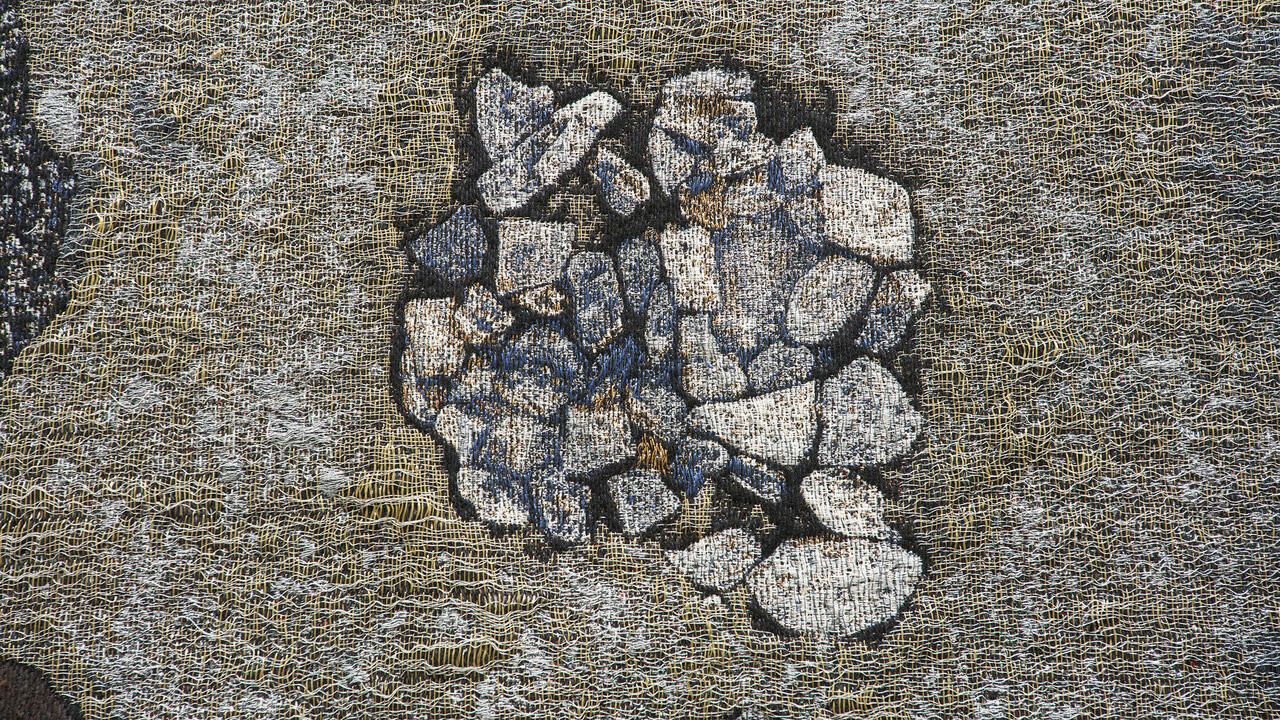Andres Serrano
Andres Serrano is possibly the most misunderstood artist of his generation. The body of work that activated the American religious right to unprecedented heights of hysteria, is still being referred to (as it was in the August 22nd issue of the intellectual-lite magazine The New Yorker) as a 'fringe thing with urine and crucifix[es].' His new work, a series of 15 imposing large-scale photographs, made in the Summer of 1994, and entitled 'Budapest', will probably reinforce his unjust reputation as a provocateur with a signature style. But those who saw the masterful pieces using bodily juices and newly rotting flesh as merely the work of a naughty choirboy stuck in the anal stage, might just reconsider this solid artist's position through these latest photographs.
While 'Budapest' locates the actual site of Serrano's new work, the city (centred between the disintegrating East and the aspiritual West) also symbolises a mythic locale for the artist's own inner demons. His position is mid-way too, between the beginning of the ride and the end of the line. It is from this literal and figurative point that he watches. Their lives, he continues to say, illuminate his own.
Figures - solitary, coupled, or in groups - testify, in their imposing sculptural presence, to his discordant but ultimately confident world view. Clearly the theatre of life is an often painful and intense workout, where the payoff, when indeed there is one, is just before the end. The clue to this twisted positivism is an image of a nude couple in their late 60s. The pair, cut off just below the knees by a Curaçao-cocktail coloured lake, seem like a Giottesque Adam and Eve come to late-20th century life. Their smiles and tender intimacy testify to a serenity and acceptance of man's ultimate fate. This photograph is one of those monuments that gnaws itself into your memory bank and refuses to leave without a fight. Serrano has reversed codes, reactivating worn out metaphors.
The rest of Serrano's cast of characters survive on an existential plane. Their posture, dress, and undress charge them with the telling of a story heard throughout the ages: we are born, we seek, we war, we fuck and then we die. A sailor, a soldier, and a young Hasid stare beyond the photographer into the same distant masculine unknown, while the women and little girl appear to be looking inward, whether in contemplation, or mourning. When the two sexes meet within the frame, it is bodily: breast feeding and sexual acts are perfectly frozen like some weird plastic sculpture, devoid of emotional content. Is this Serrano's dispassionate, resigned view of life - the flipside to his elegant pictorial note-taking on the mysterious beauty of death?
While Serrano may be travelling over pre-discovered terrain (Koons, Goldin, maybe even Pierre et Gilles), his deliberate construction of a frequented vocabulary modifies what we expect from such subjects presented statue-like in deep silky hues. There is no evidence either of titillation or kitsch in the presentation of Serrano's subjects and their acts. And the artist watches without judging, de-romanticising life while simultaneously incorporating the beauty of luxurious fabrics, 19th century wall murals, and the gleam of decorative tile. And while 'life', as pictured in this semi-sumptuous work, may seem mostly anaesthetised from pain and pleasure, 'Budapest' is nonetheless a provocative journey from the centre seat.
















